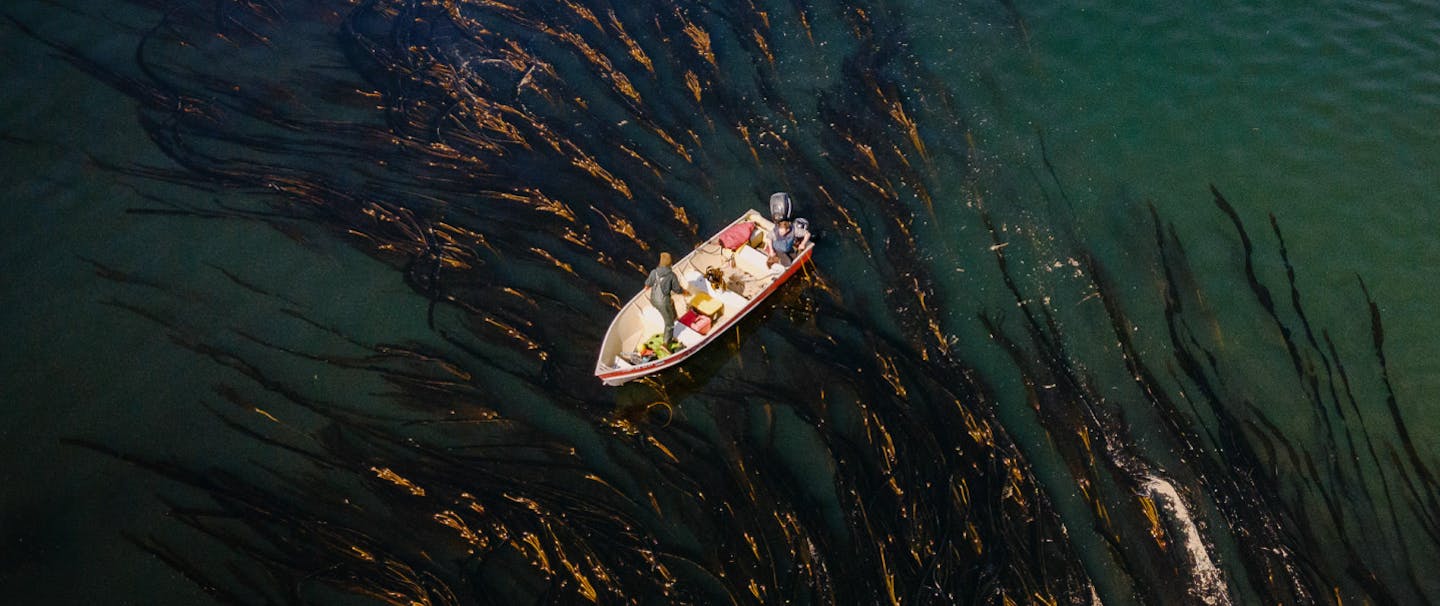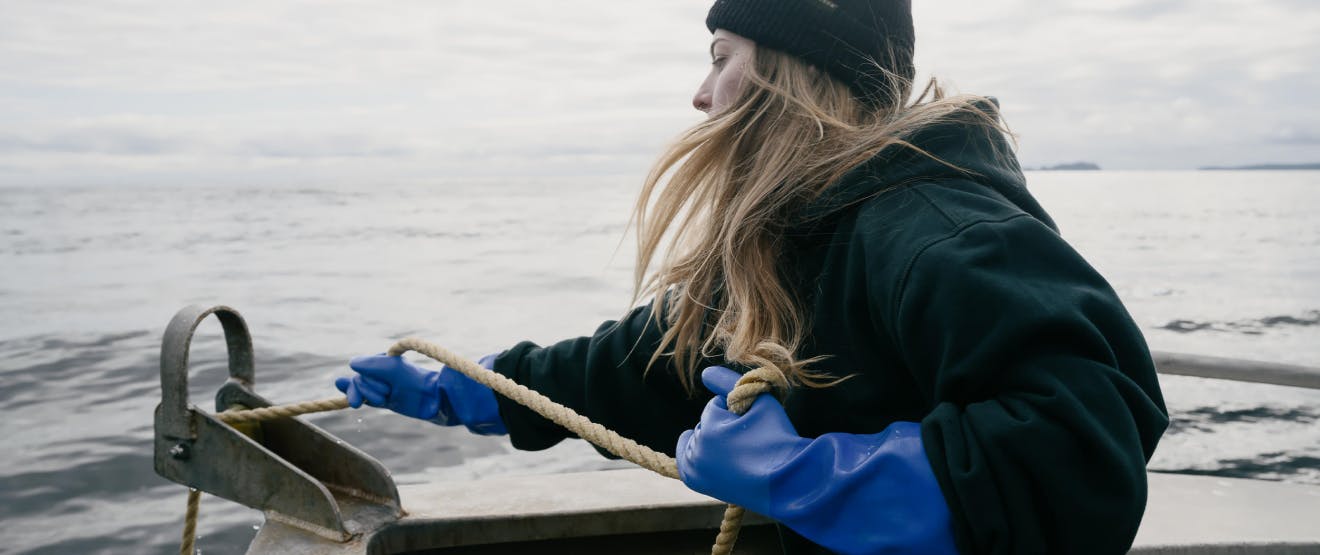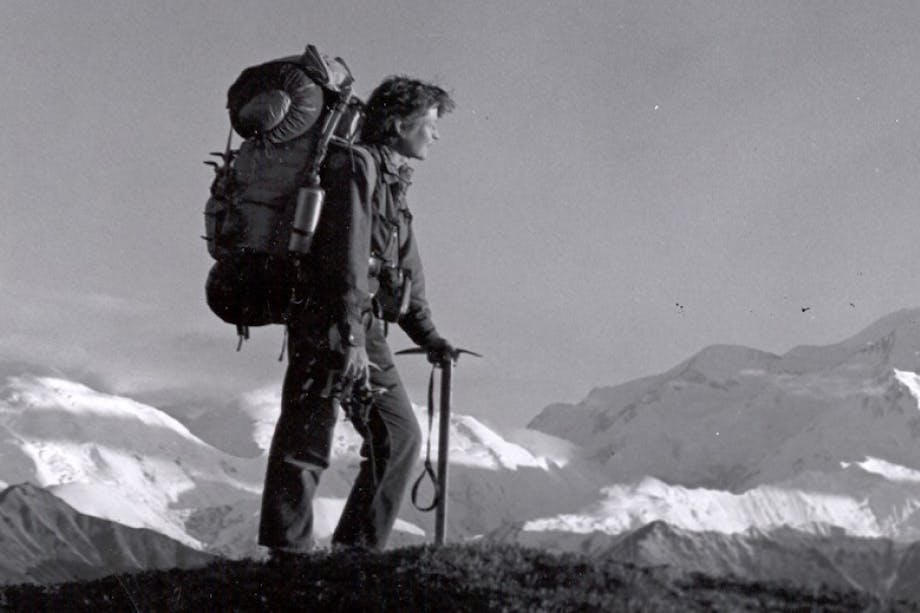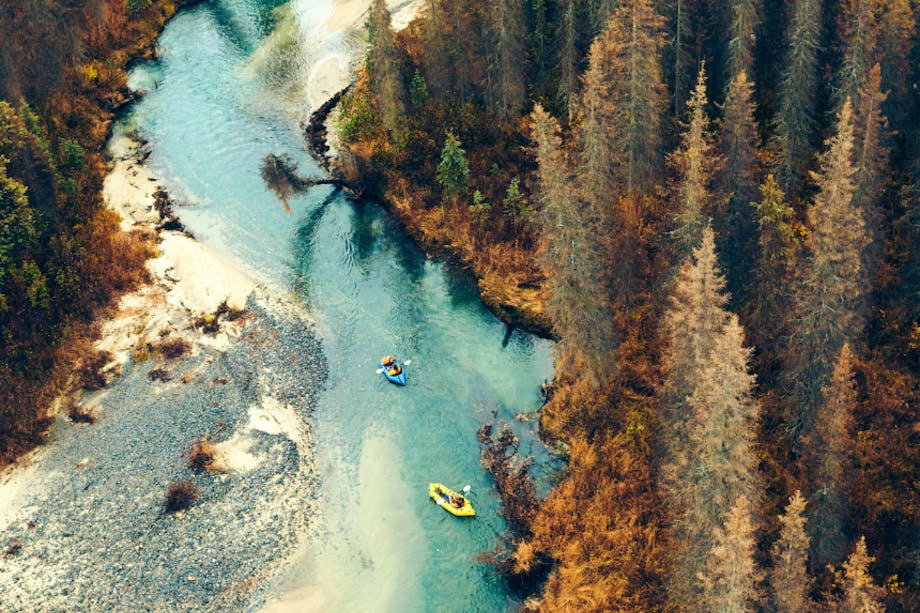When Lia Heifetz brought her homemade seaweed salsa to sell at the local farmers market in Juneau, Alaska in 2015, she was afraid she wouldn’t sell a single jar. She and her partner Matt harvested wild bull kelp every summer while out fishing. They’d been perfecting its inclusion in a tangy, textured salsa recipe for years. Family and friends loved the recipe.
But would anyone else?
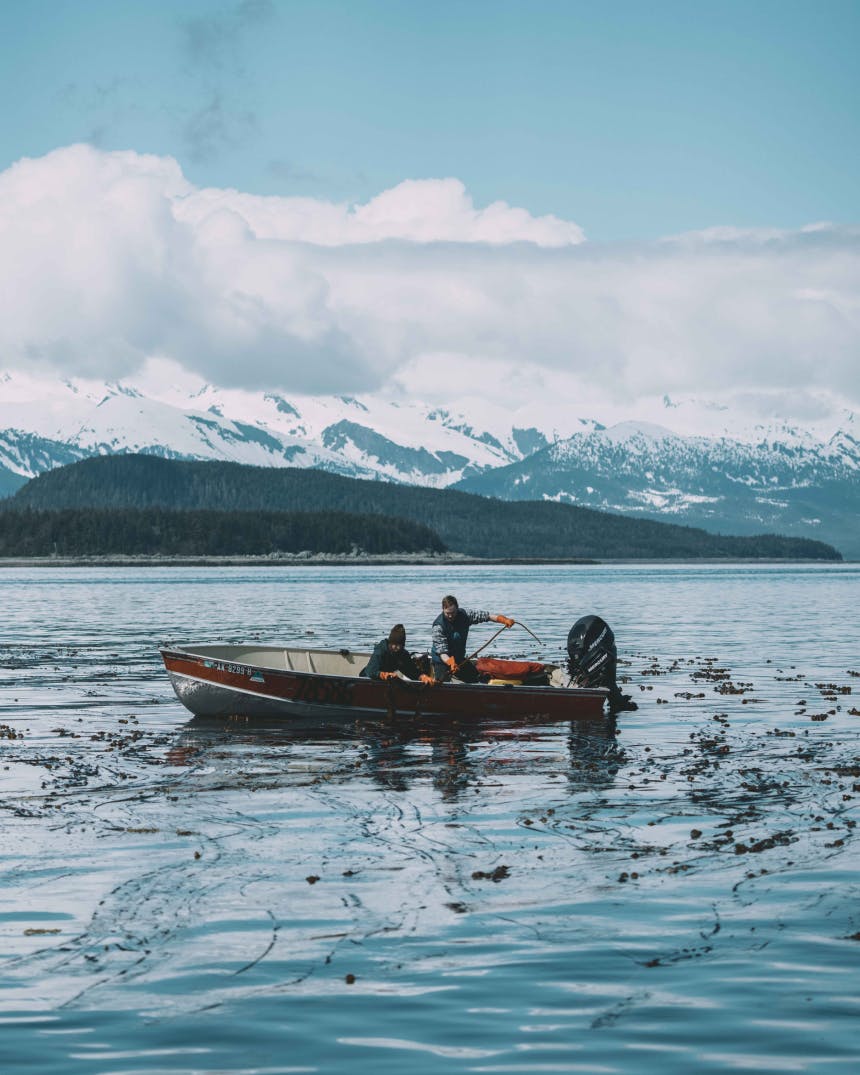
Heifetz needn’t have worried. She sold out her entire booth. The next year, she and Matt founded Barnacle Foods, dedicated to bringing delicious kelp-based food products to market. Today, the couple and a small team run a 3,000-square-foot production facility that cranks out tens of thousands of jars of kelp salsa each year, in four different flavors. They also produce kelp pickles, hot sauces, seasonings, and BBQ sauce.
For folks who don’t live on the southeast Alaska coastline, bull kelp may seem like an unusual ingredient. But for Heifetz and the other hunters and foragers who call this remote region home, the sea vegetable is considered a normal part of the bounty—and highly nutritious. “We like to think of kelp as your ocean multi-vitamin,” Heifetz says. “It’s packed with nutrients, many that aren’t found in land-based plants.”
“The march that we would like to lead with Barnacle is to do as much good as we can for our oceans and our communities...”
Lia Heifetz, Co-Owner of Barnacle Foods
Kelp is good for the planet too. Heifetz, who has a background in biology, knows that large offshore bull kelp forests absorb carbon in a way that is similar to trees, preventing it from being released into the atmosphere. Bull kelp also helps prevent ocean acidification caused by the burning of fossil fuels. And kelp can be grown and farmed with minimal impact to the environment: it doesn’t need land, fertilizer, or freshwater—just ocean and sunshine. The team at Barnacle thinks of themselves as stewards of the coastline and of the wild kelp beds. It’s of utmost importance to them to make sure the oceans and coasts remain in top health. But what’s got Heifetz most excited about bull kelp these days is that it’s good for the economy of southeast Alaska. Regional economic experts have identified mariculture— the cultivation of kelps and shellfish—as a top opportunity for growth. While Alaska has a robust fishing industry, kelp farming is still in its infancy.
KELP FARMING IS STILL IN ITS INFANCY, BUT THE GOAL IS AN ECO-FRIENDLY, SUSTAINABLE, RENEWABLE INDUSTRY
FOR LOCAL COMMUNITIES
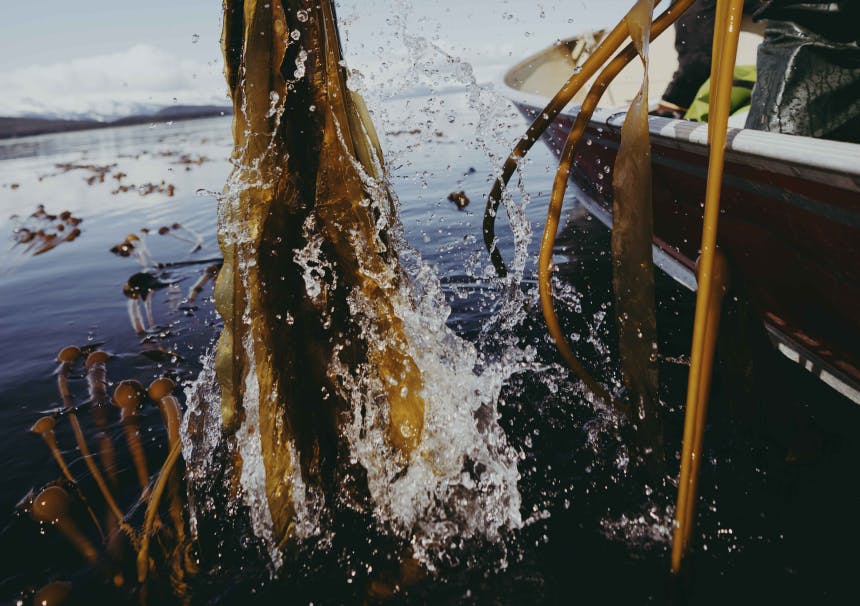
Barnacle, by producing food products that require large amounts of kelp, and purchasing that kelp from the communities who are farming it, is helping to build not only a business, but an eco-friendly, sustainable, and renewable industry and future for Alaskans. “The march that we would like to lead with Barnacle is to do as much good as we can for our oceans and our communities,” says Heifetz, “and to keep the value from our edible resources here in Alaska with the people who have the skills and knowledge to best steward the coastline, and have been doing so for millennia.”
To that effect, Barnacle took on a partner in the spring of 2020. Sealaska, an Alaska Native Corporation owned by more than 23,000 Tlingit, Haida, and Tsimshian shareholders, is now a part-owner in the company. Barnacle is set to double its production in 2021. “What has excited us most about starting a business was using this business as a tool to make positive change,” says Heifetz. She’s well on her way.
